Kantemir Font



In the Summer of 2004, I have created a font of the music notation based on Arabic letters described in Prince Dmitri Kantemir’s treatise titled “Kitabu İlmi’l-Musıki Ala Vechi’l-Hurufat”.
On the 131st page of “Kitabu İlmi’l-Musıki Ala Vechi’l-Hurufat” translated and transliterated by Prof. Yalçın Tura into quotidian Turkish language, the Letter-Note symbols attributed by Dmitri Kantemir to Maqam music tones can be seen on a tanbur drawing; I have added the Latin tone labels and the illustrative lines:
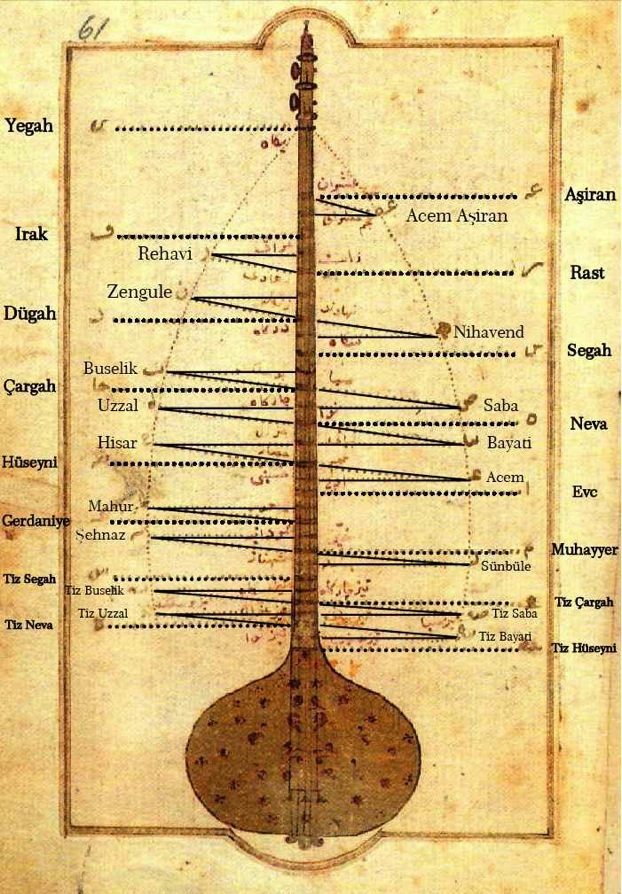
In the drawing, the labels on each corner of the page denote “natural tones”, and the rest of the lables denote “half tones”. It appears as though the half tone frets could be moved in the interval ranges specified above.
The first octave tones according to Prince Dmitri Kantemir’s Letter-Notation and their counterparts in the Kantemir Font are given below:
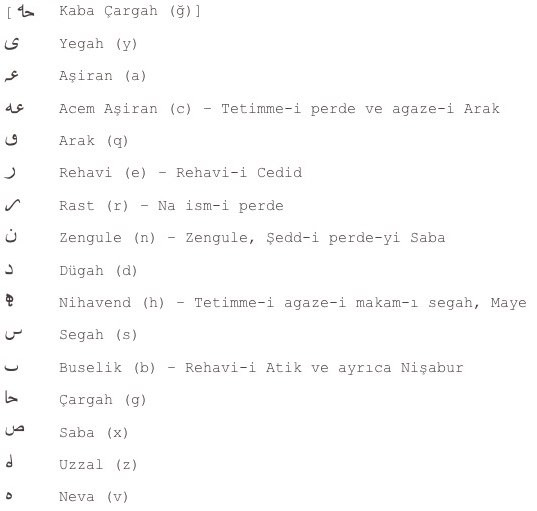
Let us continue with the second octave tones:
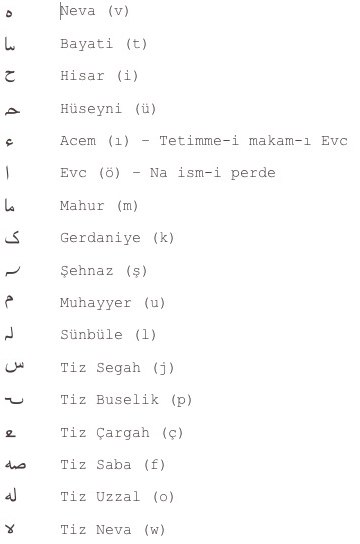
Finally, the third octave tones are thus:

In order to understand the whole thing better, let us visualize a QWERTY Turkish PC keyboard layout:
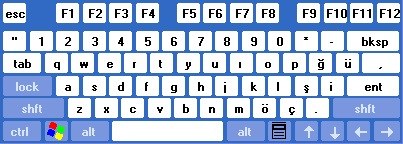
When we choose the Kantemir Font, the Letter-Note characters will be mapped to the same keyboard in the manner shown below:
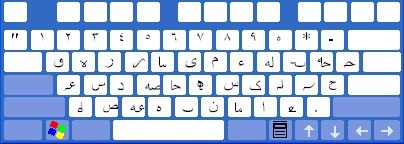
I have designed the Kantemir Font to be CASE SENSITIVE. That is to say, capital letters yield the octave equivalents of given tones. In other words, when the CAPS key is active or the SHIFT key is held, instead of, for example, the yegah tone, the neva, or instead of the neva tone, the tiz neva character will be typed.
Let us provide a visual aid. When the CAPS key is pressed, the Letter-Note characters are mapped to the QWERTY Turkish PC keyboard as demonstrated below:
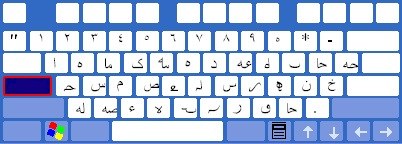
Please do not neglect to cite my name when you use the Kantemir Font.
To download the Kantemir.ttf file, click here.